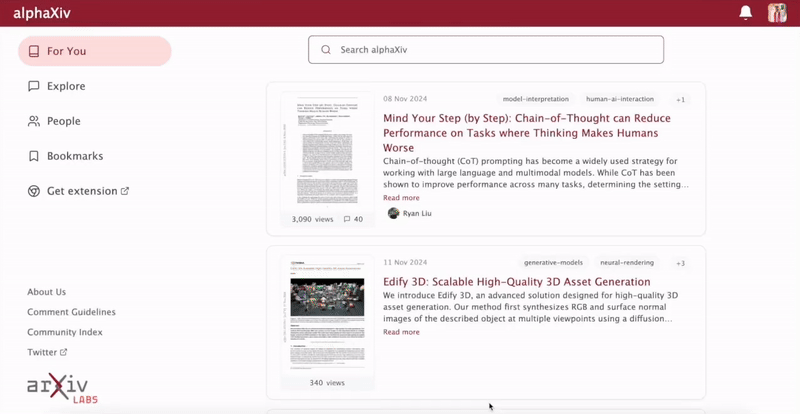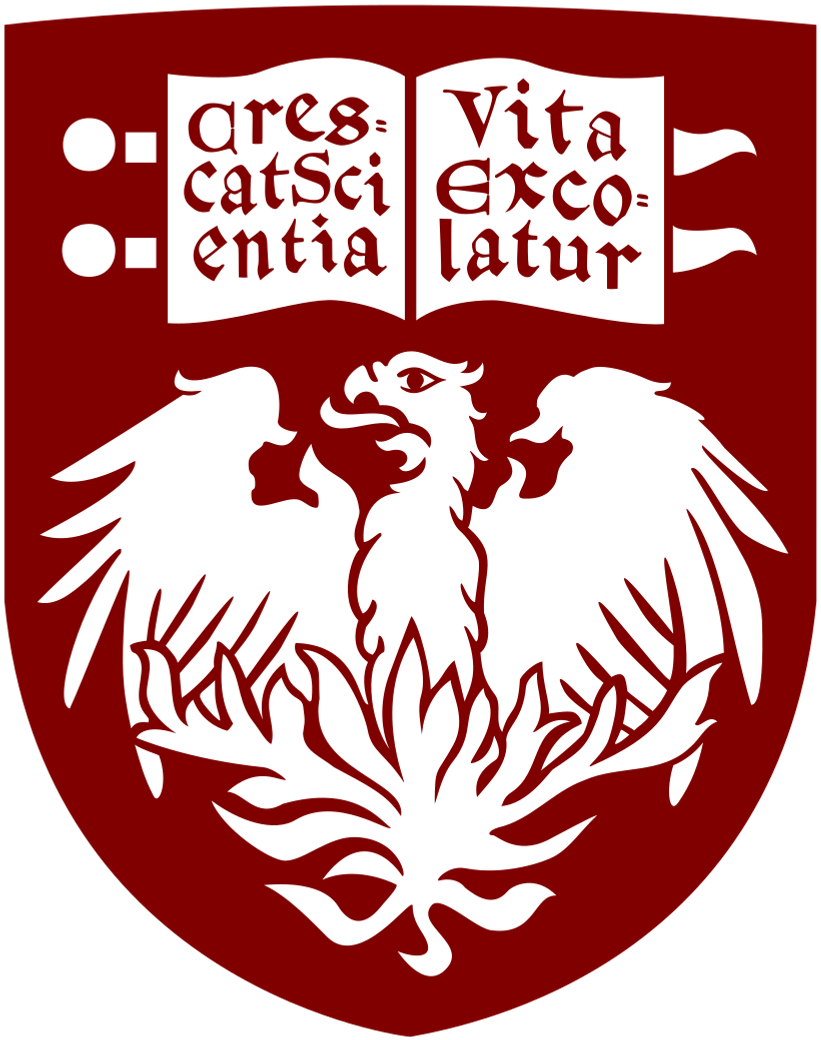Quantum magnonics studies the quantum properties of magnons, the quanta of spin waves, and their application in quantum information processing. Progress in this field depends on identifying magnetic materials with characteristics tailored to the diverse requirements of magnonics and quantum magnonics. For single-magnon excitation, its control, hybrid coupling, and entanglement, the most critical property is the ability to support long magnon lifetimes. This perspective reviews established and emerging magnetic materials, including ferromagnetic metals, Heusler compounds, antiferromagnets, altermagnets, organic and 2D van der Waals magnets, hexaferrites, and in particular yttrium iron garnet (YIG), highlighting their key characteristics. YIG remains the benchmark, with bulk crystals supporting sub-microsecond Kittel-mode lifetimes and ultra-pure spheres achieving
∼18μs for dipolar-exchange magnons at millikelvin temperatures. However, thin YIG films on gadolinium gallium garnet (GGG) substrates suffer from severe lifetime reduction due to substrate-induced losses. In contrast, YIG films on a new lattice matched, diamagnetic alternative, yttrium scandium gallium/aluminum garnet (YSGAG), overcomes these limitations and preserves low magnetic damping down to millikelvin temperatures. These advances provide a practical pathway toward ultralong-living magnons in thin films, enabling scalable quantum magnonics with coherent transport, strong magnon-photon, magnon-qubit coupling, and integrated quantum networks.






 University of Illinois at Urbana-Champaign
University of Illinois at Urbana-Champaign University of Chicago
University of Chicago UC Berkeley
UC Berkeley University of Michigan
University of Michigan NVIDIA
NVIDIA Argonne National Laboratory
Argonne National Laboratory Stony Brook University
Stony Brook University Brookhaven National Laboratory
Brookhaven National Laboratory Lawrence Berkeley National LaboratoryIdaho National LaboratoryInternational Computer Science InstituteDeep Forest SciencesAI Innovation Institute
Lawrence Berkeley National LaboratoryIdaho National LaboratoryInternational Computer Science InstituteDeep Forest SciencesAI Innovation Institute